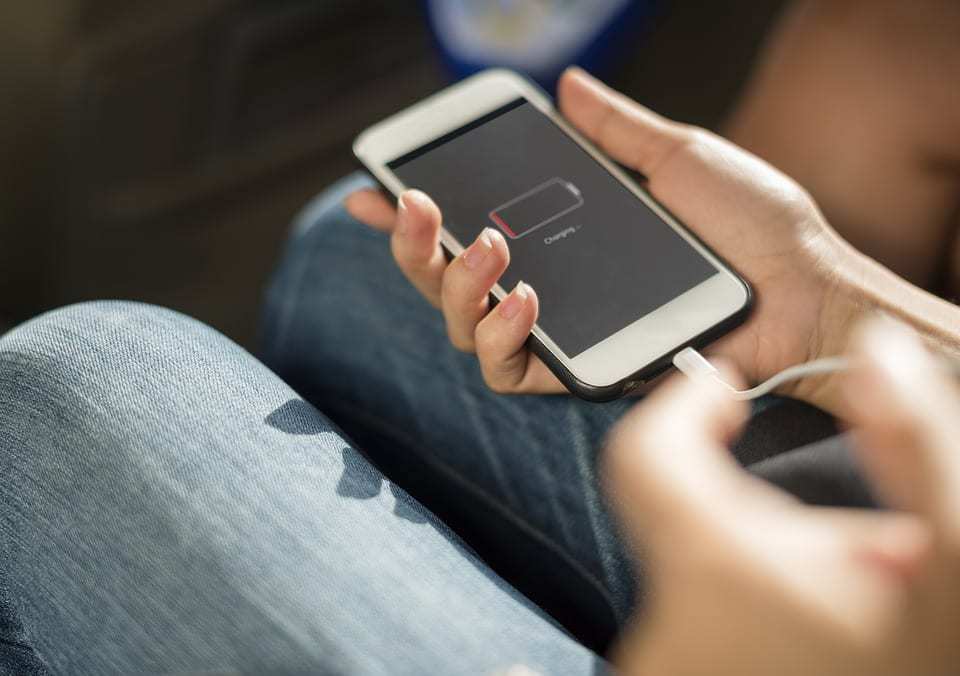A team of researchers have developed the first cell phone that does not require a traditional power source.
A team of scientists have developed a new battery-less mobile phone and have managed to use it to place Skype calls. The mobile device consumes next to no energy. It requires so little power that it can operate on energy collected from ambient light or radio signals.
Though the device is far from being as powerful as a smartphone, the battery free mobile technology is fascinating.
At the moment, the battery-less mobile phone remains a prototype. That said, it is a working prototype that is made of commercial components readily available off the shelf. The team of scientists were able to communicate with a base station through speech transmission.
“We have built what we believe is the first functioning cell phone that consumes almost zero power,” said University of Washington associate professor Shyam Gollakota. Gollakota explained that the team of U.S. researchers were able to eliminate one of the traditional steps in cellular communication that consumes a vast amount of power.
The researchers created the battery-less mobile phone by removing the conversions of analogue signals.
 The typical cell phone has to go through the process of transforming analogue signals conveying sound into digital data today’s mobile phones will be able to understand and use. That conversion process is extremely energy intensive and requires a substantial amount of a device’s battery power.
The typical cell phone has to go through the process of transforming analogue signals conveying sound into digital data today’s mobile phones will be able to understand and use. That conversion process is extremely energy intensive and requires a substantial amount of a device’s battery power.
However, the researchers were able to skip that step. The resulting power consumption reduction allowed them to create a battery-free mobile phone. Instead of converting the sound from analogue to digital, the device uses its microphone or speaker’s vibrations to encode and transmit the sound.
Therefore, when a person speaks, the phone’s microphone encodes the vibration patterns within the reflected signals. To receive sound, it turns encoded radio signals into vibrations within the phone’s speaker. That said, this requires the battery-less mobile phone user to have to push a button to alternate between “transmitting” and “listening” functions, somewhat like an old walkie-talkie. The technology also required the team’s specially made base station for transmitting and receiving the radio signals. That said, this tech could potentially be integrated into existing cellular networks or even WiFi routers.

